Udzungwa National Park, located in south-central Tanzania, is a hidden gem among the country’s national parks. Known for its stunning biodiversity and lush, mountainous landscapes, Udzungwa offers a unique experience for nature lovers and adventure seekers alike. Unlike the more famous savanna parks in Tanzania, Udzungwa is a tropical rainforest wonderland, filled with rare plant and animal species that attract researchers and tourists from around the world.
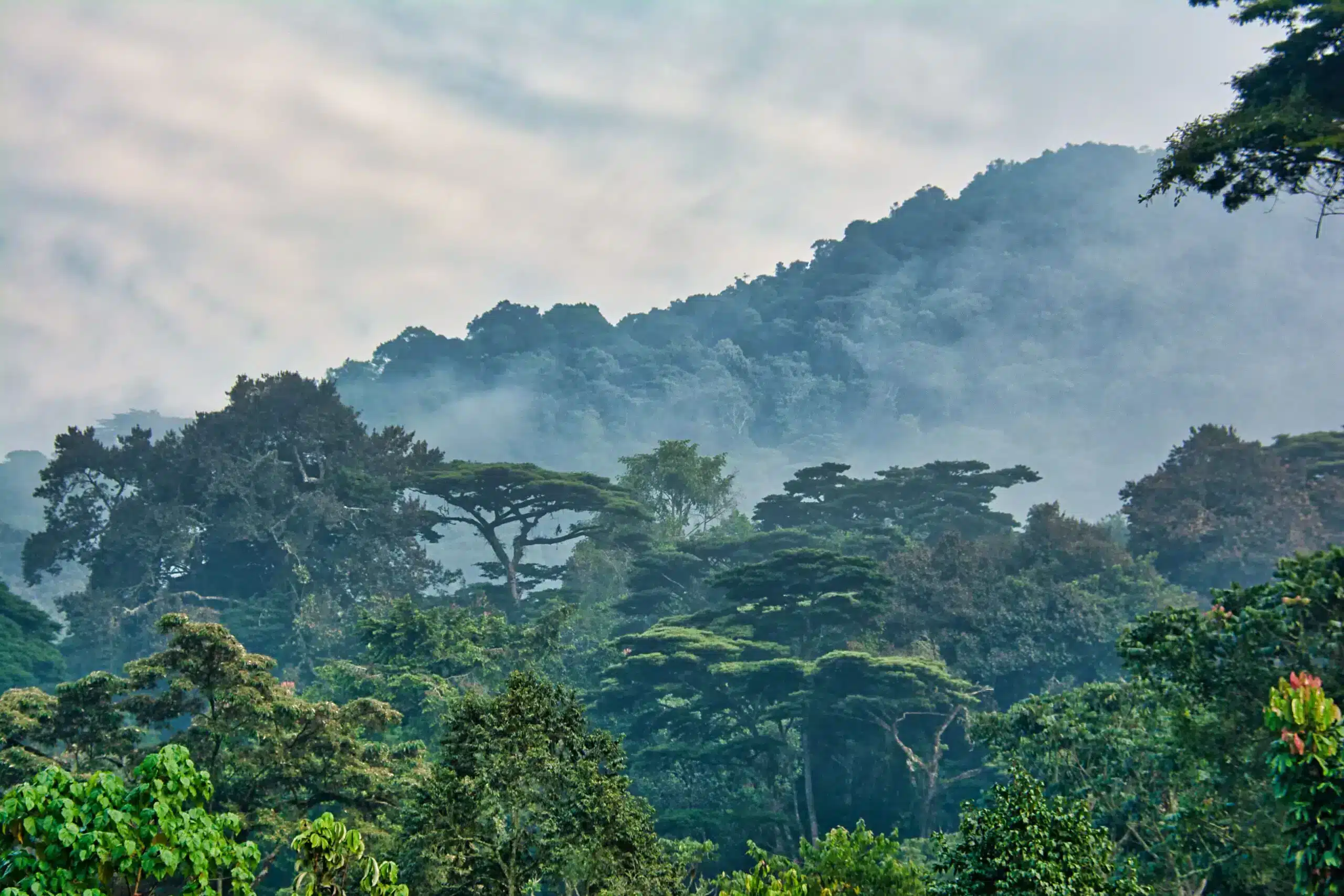
Tourism Attractions in Udzungwa National Park
Udzungwa National Park is a treasure trove of natural beauty and biodiversity, offering visitors a unique experience in Tanzania. Unlike the more traditional savanna parks, Udzungwa is characterized by its lush rainforests, rugged mountains, and incredible variety of flora and fauna. The park’s attractions cater to a wide range of interests, from hiking and birdwatching to cultural experiences and conservation tourism.
1. Sanje Waterfall
One of the most iconic attractions in Udzungwa National Park is the Sanje Waterfall. This spectacular waterfall cascades down 170 meters in three distinct stages, creating a breathtaking sight amidst the dense rainforest. Visitors can hike to the base of the waterfall, where the cool mist offers a refreshing escape from the tropical heat. For those seeking a more adventurous experience, a trek to the top of the waterfall provides panoramic views of the surrounding forest and valley. The Sanje Waterfall is not only a visual marvel but also a habitat for unique species of plants and animals.
2. Hiking and Trekking Trails
Udzungwa National Park is renowned for its excellent hiking and trekking opportunities. The park offers a range of trails that cater to different fitness levels and interests. The most popular trail is the Sanje Waterfall Trail, a relatively short hike that leads through lush rainforest to the base of the waterfall. For those looking for a more challenging trek, the Mwanihana Trail is a multi-day hike that takes you to the second-highest peak in the park. Along the way, hikers are treated to stunning views, encounters with wildlife, and the chance to explore the park’s diverse ecosystems.
3. Endemic Species
Udzungwa National Park is a hotspot for biodiversity, home to numerous endemic species of plants, animals, and insects. The park’s rich flora includes over 2,500 species of plants, many of which are found nowhere else in the world. The forests of Udzungwa are also home to several endemic primates, such as the Iringa red colobus and the Sanje mangabey. Birdwatchers will be delighted by the park’s 400-plus bird species, including the endemic Udzungwa partridge and rufous-winged sunbird. Exploring the park offers a chance to see these rare and unique species in their natural habitat.
4. Cultural Experiences
The regions surrounding Udzungwa National Park are inhabited by various indigenous communities, including the Hehe and Bena people. Visitors to the park can engage in cultural tours to nearby villages, where they can learn about the traditional lifestyles, customs, and crafts of these communities. These tours often include visits to local markets, homes, and schools, providing a deeper understanding of the cultural heritage of the area. Participating in a cultural tour offers a rich, immersive experience that complements the natural attractions of the park.
5. Birdwatching
For bird enthusiasts, Udzungwa National Park is a paradise. The park’s varied habitats, from lowland forests to montane areas, support a wide range of bird species, many of which are endemic to the region. Birdwatchers can spot species such as the Udzungwa partridge, African broadbill, and various sunbirds. The best time for birdwatching is during the early morning or late afternoon when birds are most active. With over 400 species recorded in the park, Udzungwa offers some of the best birdwatching opportunities in Tanzania.
6. Primate Viewing
Udzungwa National Park is famous for its primate populations, particularly its endemic species. The park is home to several primate species, including the Iringa red colobus, the Sanje mangabey, and the Angolan black-and-white colobus. Observing these primates in their natural habitat is a highlight of any visit to the park. The dense forests provide excellent opportunities to see these fascinating animals up close as they go about their daily lives in the trees and on the forest floor.
7. Conservation Tourism
Given its rich biodiversity and high levels of endemism, Udzungwa National Park is a key site for conservation efforts. The park is involved in various conservation projects aimed at protecting its unique ecosystems and species. Visitors interested in conservation can learn about these efforts and even participate in eco-tourism activities that support the park’s conservation goals. By visiting Udzungwa, tourists can contribute to the ongoing protection of one of Tanzania’s most important natural areas.
8. The Eastern Arc Mountains
Udzungwa National Park is part of the larger Eastern Arc Mountains, a range often referred to as the “Galapagos of Africa” due to its extraordinary biodiversity and endemism. The mountains themselves are a major attraction, offering stunning scenery, diverse ecosystems, and numerous opportunities for exploration. The Eastern Arc Mountains are also an important site for scientific research, and the park plays a crucial role in the conservation of this unique environment. Visitors can explore different parts of the mountain range, enjoying its beauty and learning about its ecological significance.
9. Botanical Diversity
Udzungwa National Park is a botanist’s dream, with its incredible variety of plant species. The park’s forests are home to over 2,500 plant species, many of which are endemic. The lush vegetation includes ancient trees, vibrant orchids, and rare medicinal plants. Walking through the park, visitors can appreciate the rich plant life, learning about the various species and their roles in the ecosystem. The botanical diversity of Udzungwa adds another layer of interest to the park, making it a fascinating destination for anyone interested in plant life.
1. Geography and Landscape
Udzungwa National Park is part of the Eastern Arc Mountains, often referred to as the “Galapagos Islands of Africa” due to their incredible levels of endemism. The park spans an area of approximately 1,990 square kilometers, encompassing dense rainforests, towering mountain peaks, and cascading waterfalls. The altitude in the park ranges from 250 meters to over 2,500 meters above sea level, creating a variety of climatic zones and habitats. The park’s rugged terrain includes steep slopes, deep valleys, and river gorges, making it a paradise for hikers and trekkers.
2. Biodiversity
Udzungwa National Park is renowned for its exceptional biodiversity, particularly its flora. The park is home to more than 400 bird species, over 2,500 plant species, and a significant number of primates. Several species in Udzungwa are endemic, meaning they are found nowhere else in the world. This includes unique primates like the Iringa red colobus and the Sanje mangabey, as well as numerous endemic plants and butterflies. The park’s biodiversity has made it a focal point for conservation efforts and biological research.
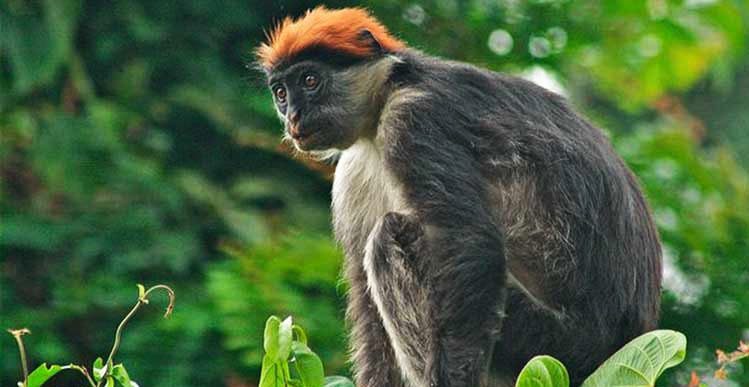
3. Wildlife
While Udzungwa is not primarily a destination for large game viewing like Serengeti or Tarangire, it offers a rich array of smaller mammals, birds, and reptiles. The park’s forests are home to several primate species, including the Udzungwa red colobus, the Sanje mangabey, and the Angolan black-and-white colobus. Other animals such as elephants, leopards, and buffaloes can be found in the more remote areas of the park, although sightings are rare. The forest floor is alive with smaller creatures, including a variety of reptiles, amphibians, and insects, many of which are also endemic to the region.
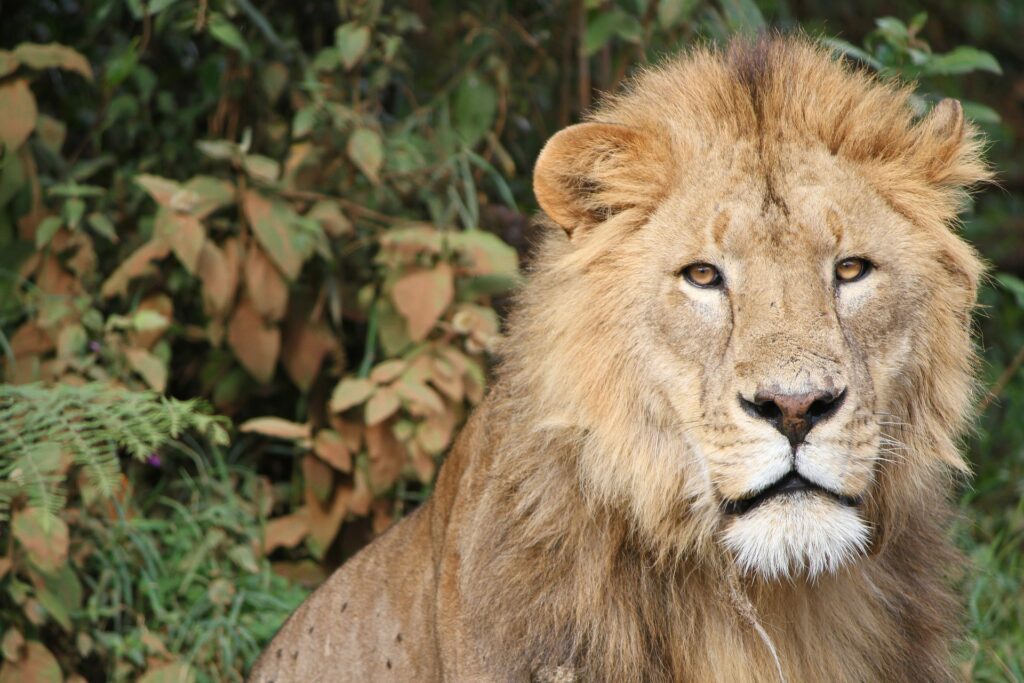
4. Birdwatching
Birdwatching in Udzungwa National Park is a rewarding experience, as the park is one of the top birding sites in Tanzania. Birdwatchers can spot a wide range of species, including the endemic Udzungwa partridge and the rufous-winged sunbird. The park’s diverse habitats, from lowland forests to montane zones, support an incredible variety of birds, making it a must-visit destination for ornithologists and bird enthusiasts alike.
5. Hiking and Trekking
Udzungwa National Park is a hiker’s paradise, offering some of the most challenging and rewarding treks in Tanzania. The park has several well-established hiking trails that lead through its lush forests to stunning viewpoints and waterfalls. The most popular trail is the Sanje Waterfall Trail, which takes hikers through dense rainforest to the base of the 170-meter-high Sanje Waterfall, one of the park’s most spectacular sights. For those seeking a more extended adventure, the Mwanihana Trail offers a multi-day trek that ascends to the second-highest peak in the park, offering breathtaking views of the surrounding landscape.
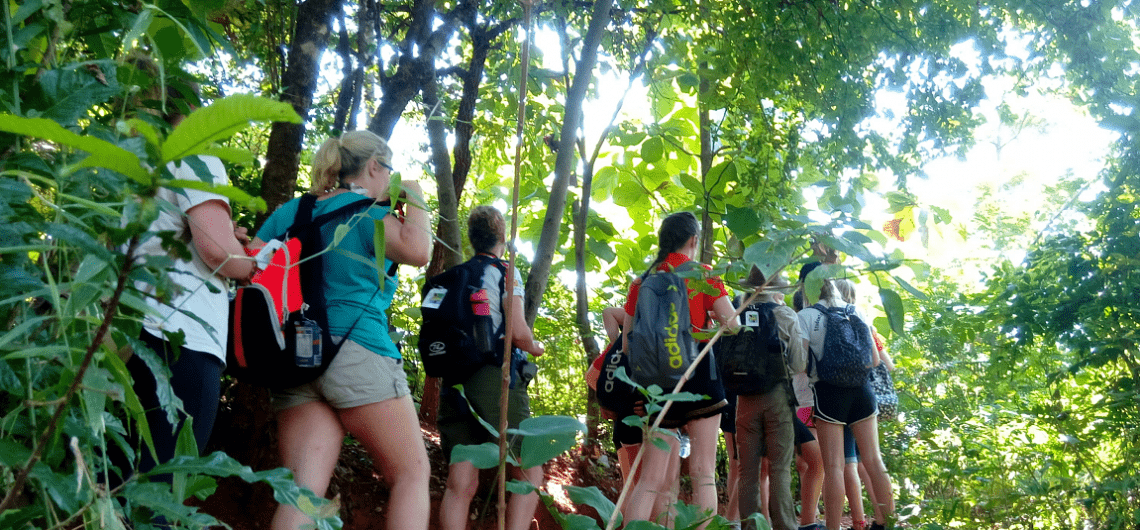
6. Sanje Waterfall
The Sanje Waterfall is one of the highlights of Udzungwa National Park. This stunning waterfall drops in three stages from a height of 170 meters, creating a series of beautiful pools along the way. Visitors can hike to the base of the waterfall or continue to the upper levels for panoramic views of the park. The area around the waterfall is lush and green, with the cool mist from the falling water providing a refreshing respite from the tropical heat. The Sanje Waterfall is not only a scenic attraction but also an important habitat for many species of plants and animals.
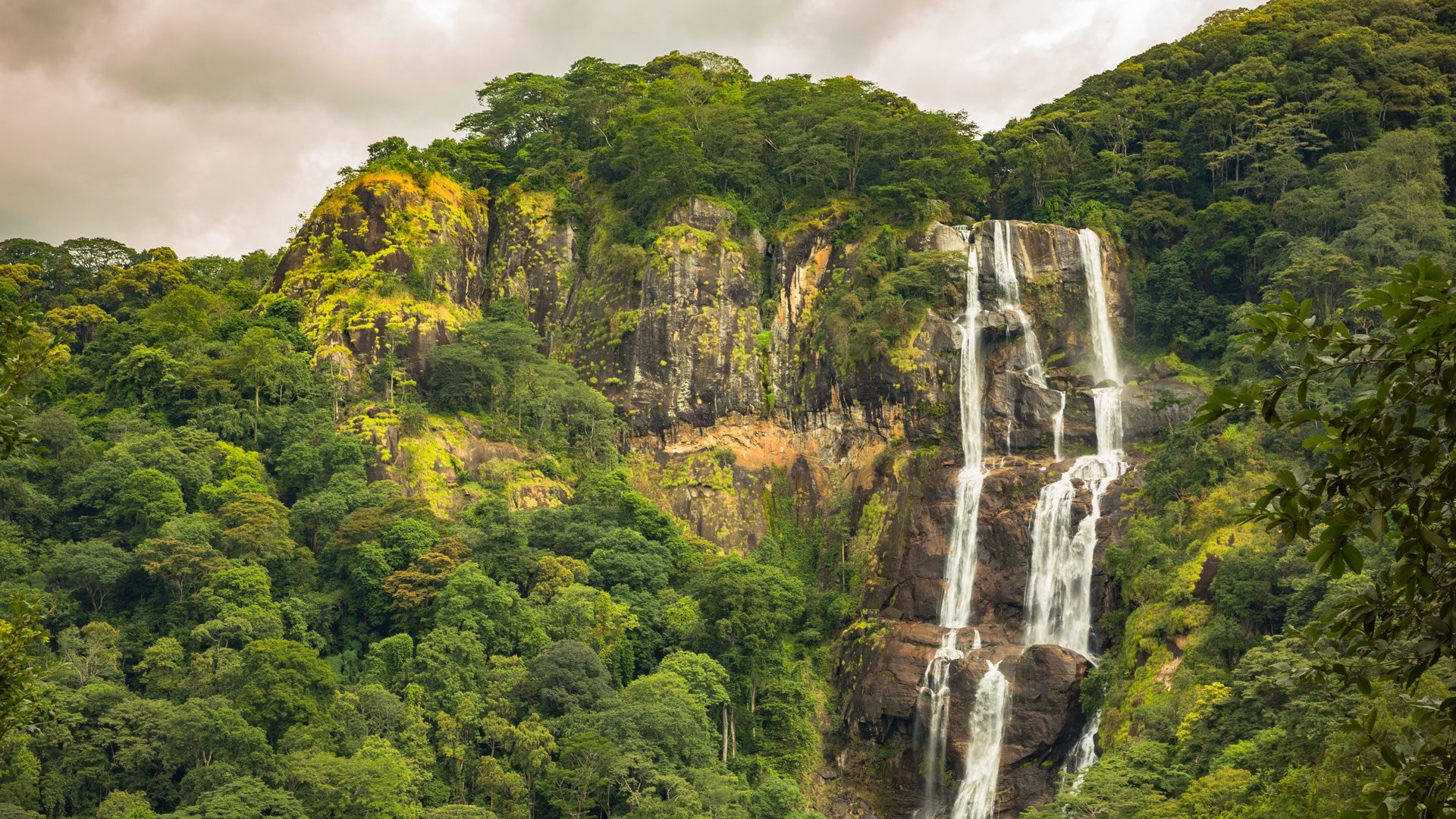
7. Cultural Tours
The areas surrounding Udzungwa National Park are inhabited by various indigenous communities, including the Hehe and Bena people. Cultural tours offer visitors the opportunity to learn about the traditional lifestyles, customs, and practices of these local communities. Visitors can explore nearby villages, interact with the local people, and even participate in cultural activities such as traditional dances and crafts. These cultural experiences add a rich, human dimension to your visit and provide a deeper understanding of the region’s heritage.
8. Conservation and Research
Udzungwa National Park is a hotspot for conservation and research due to its high levels of biodiversity and endemism. The park plays a critical role in the conservation of the Eastern Arc Mountains’ unique ecosystems. Various international and local organizations are involved in conservation efforts aimed at protecting the park’s wildlife and habitats. The park is also a living laboratory for scientists studying topics such as climate change, species diversity, and forest ecology. Visitors interested in conservation can learn more about ongoing projects and even participate in some of the park’s eco-tourism initiatives.
9. Best Time to Visit
The best time to visit Udzungwa National Park is during the dry season, from June to October, when the weather is cooler and the trails are more accessible. However, the park is open year-round, and each season offers a unique safari experience. The wet season, from November to May, brings lush greenery and blooming flowers, although some trails may be more challenging to navigate. Birdwatchers, in particular, may find the wet season rewarding as many species are more active and visible during this time.
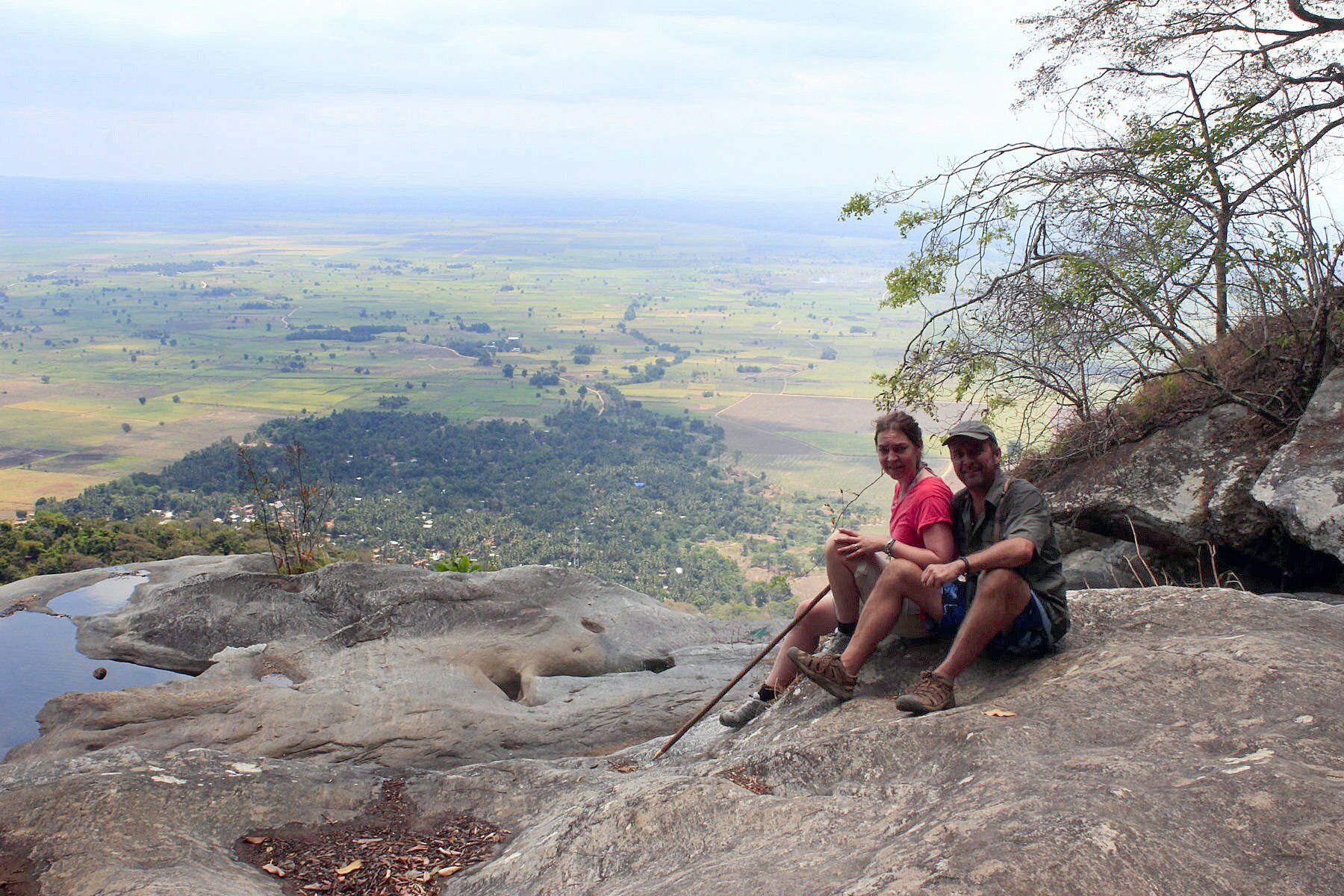
Conclusion
Udzungwa National Park is a unique and enchanting destination that offers a different kind of safari experience compared to Tanzania’s more famous parks. Its rich biodiversity, challenging hiking trails, and stunning landscapes make it a must-visit for nature lovers and adventure enthusiasts. Whether you are trekking to the Sanje Waterfall, exploring the park’s diverse ecosystems, or simply enjoying the serenity of the rainforest, Udzungwa promises a classic safari experience. This park is a testament to the natural beauty and ecological importance of Tanzania’s lesser-known wilderness areas.
